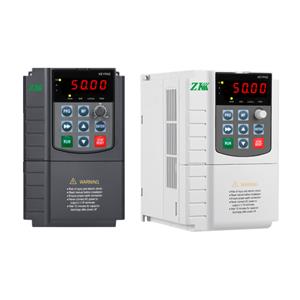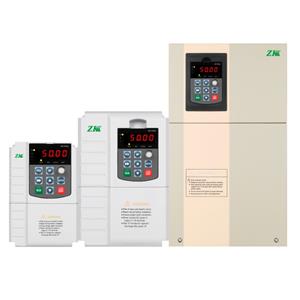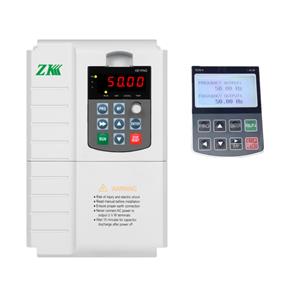Automated control system for solar pump inverter
The integration of solar energy into water pumping systems has ushered in a new era of sustainable solutions for agricultural irrigation, rural water supply, and remote area applications. At the heart of this transformation lies the solar-powered water pump inverter, a critical component that converts solar energy into usable power for water pumps. The development of an advanced automated control system for these solar-powered water pump inverters has significantly enhanced their efficiency, reliability, and sustainability. This article delves into the key components and functionalities of this innovative automated control system, highlighting its transformative impact on solar water pumping.
Core Functionality: Optimizing Solar-Powered Water Pump Inverter Performance
The cornerstone of the automated control system is its ability to optimize the performance of the solar-powered water pump inverter. Given the inherent intermittency of solar energy, which is influenced by weather conditions and diurnal variations, the automated control system employs Maximum Power Point Tracking (MPPT) technology. MPPT ensures that the solar-powered water pump inverter continuously adjusts the voltage and current to extract the maximum available power from the solar panels, thereby maximizing energy utilization and enhancing overall system efficiency.
Solar-Powered Water Pump Inverter Regulation: Precision in Power Conversion
The solar-powered water pump inverter itself is a pivotal component, responsible for converting the direct current (DC) generated by the solar panels into alternating current (AC) to power the water pump. The automated control system meticulously regulates the solar-powered water pump inverter’s output frequency and voltage based on real-time data, ensuring that the pump operates at the desired speed and flow rate. This precision is particularly crucial for applications such as drip irrigation, where accurate water delivery is paramount.
Real-Time Monitoring: Data-Driven Adjustments
To further enhance performance, the automated control system incorporates a suite of sensors and monitoring devices that collect data on solar irradiance, temperature, water pressure, and pump performance. These sensors feed information into the control unit, which processes the data and makes real-time adjustments to the automated control system’s operation. For instance, if solar irradiance diminishes due to cloud cover, the control unit may reduce the pump speed to conserve energy or seamlessly switch to a backup power source if available.
Energy Storage Integration: Ensuring Uninterrupted Operation
Energy storage integration is another critical feature of the automated control system. Batteries store excess solar energy generated during peak sunlight hours, which can then be utilized to power the pump during periods of low solar irradiance or at night. The automated control system adeptly manages the charging and discharging of the batteries, ensuring their longevity and optimal performance, thereby guaranteeing uninterrupted operation of the water pumping system.
Remote Monitoring and Control: Convenience and Accessibility
The automated control system is also equipped with remote monitoring and control capabilities, leveraging wireless communication technologies such as GSM, Wi-Fi, or IoT. This allows users to monitor the automated control system’s performance and make adjustments from a smartphone or computer. Such remote monitoring and control capabilities are particularly advantageous for large-scale agricultural operations or remote installations where manual intervention is impractical.
A Paradigm Shift in Solar Water Pumping
In summary, the automated control system for solar-powered water pump inverters represents a sophisticated and transformative solution that significantly enhances the efficiency, reliability, and sustainability of solar water pumping systems. By integrating advanced technologies such as MPPT, real-time monitoring, energy storage, and remote control, this automated control system ensures optimal performance and maximizes the benefits of solar energy for water pumping applications. As the world continues to embrace renewable energy, this innovative automated control system stands as a testament to the potential of solar energy in addressing global water challenges.




